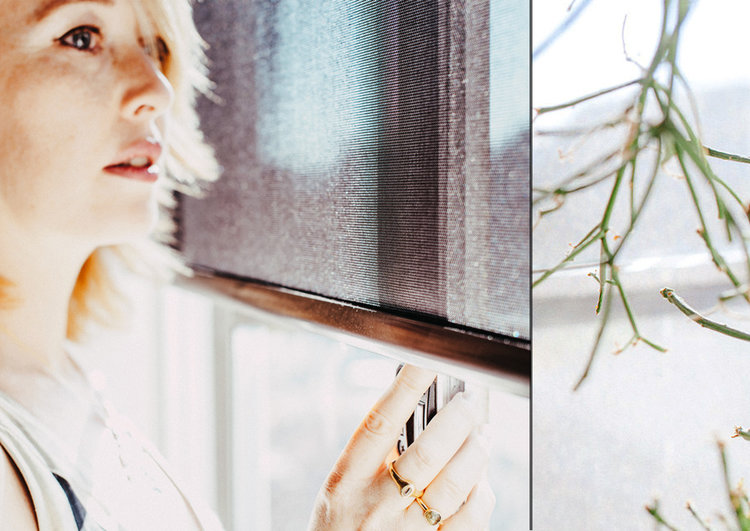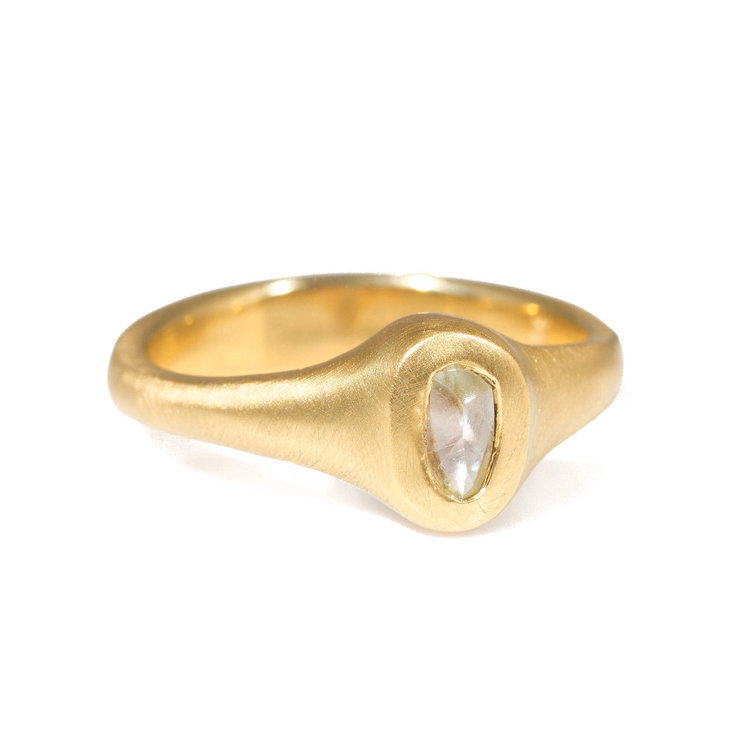Each marriage and engagement has a unique story comprised of many moments and emotions.
For the couple in this story happiness, joy, heartbreak, vulnerability, sorrow, and support are the words that come to mind as I think of theirs.
I have the privilege to see and hear about many private moments when working with couples on their rings. When I first started making wedding and commitment rings, I decided to have a beautiful case made where couples could meet. I created a case with cantilevered weights where they can stand, peruse the rings, and have conversations about what they envision and want to share.
At this case I learn so much more about the couples than simply their aesthetics for jewelry. I learn about those special moments in their relationship, how they met and most importantly I see the dynamic between them as they select what they want to represent their story.
It was in front of this case that I met Bree and Ray, a lovely couple in their thirties who carefully and thoughtfully selected their rings together. Bree was a writer. Ray did many things, one of which was teach yoga. We laughed as Ray would try on a ring and go into downward dog to make sure it was comfortable enough to wear while teaching. They were a beautiful couple and they fit together nicely. A few years later they stopped by the gallery, now married, and he bought her a green sapphire ring. He said to her. "I want every finger of yours to have a ring from April for all our good memories over the years.” I learned they were trying to have a baby.
Like life, this story doesn’t have all happy moments, but it is a story about the strength and support it takes to move through both good and bad times. Sometime later I ran into Bree. We were both trying on clothes in a store. We talked over the dressing room walls and she told me that they were trying to adopt a child. I had shared my journey to have my son, which took six years and included at one point, trying to adopt. I wished her well and let her know I was thinking of her. I knew how agonizing the process was of trying to get pregnant and then trying to adopt. She mentioned that they were well and I went on my way happy to have seen her.
The story skips ahead to a dear friend of Ray’s emailing me to ask if I could size a ring Ray had bought for him. He was very forlorn at the appointment and as we talked I learned that Ray had cancer. He was not going to make it and he had gifted him the ring for being by his side through it all.
Bree contacted me in the next year and said she was going to be in the Bay Area. She told me Ray had passed and she wanted to do something with their wedding rings. Understandably, she couldn’t bring herself to wear hers anymore. I told her to bring them in and I’d be happy to see her. We chatted a bit more by email. I am not a person who avoids asking about hard subjects. I was curious how she was and wanted to know about what had happened in their adoption process. I learned that not only did she have to endure her young husbands’ death, but that only months before his diagnosis their adoption had come through. A little boy. However, sadly on the twelfth day of his being with them the birth mother decided to take him back. In California, a birth mother has thirty days before she officially relinquishes her rights.
As you can imagine it was heartbreaking for them both. And only months after this, they learned of Ray’s terminal illness. I felt for her. I had truly felt the sweetness of their relationship and just how much he loved her.
I came up with the idea to melt all three of their wedding rings together, their wedding bands and her engagement ring. We reoriented the diamond in a new direction and sized it for a new finger. A ‘new life’ ring. It was a beautiful symbol of the love and memories she had in her marriage and yet the need to move forward. During her appointment we cried and hugged. The whole process touched me - I have never heard a story so poignant.
Jewelry is imbued with symbolism, beauty and strength. While Ray and Bree’s story is heartbreaking, I keep thinking of the moments they got to share and how they were there for each other.
Often marriages end in divorce. This one did not. They were separated while they still wanted to be together and share a life. Not everyone gets to experience true love as they did. This story is a tribute to them both.
When I meet couples about to marry I see all their hopes and dreams for a happy future. They giggle, they fight and kiss in front of me. There is so more than meets the eye to a relationship, so much that doesn’t often get talked about. Thank you for sharing your life and your deeply personal moments. It was and continues to be a great honor to be a witness and make such symbolic pieces for you to reflect on. I love that my work provides the opportunity to peripherally share in your unions. And I love that I can help mark these moving moments with something beautiful.
With risking to sound cliche, may this be a reminder to all of us to be in the moment with those we love.
---In honor of Ray and Bree.





























